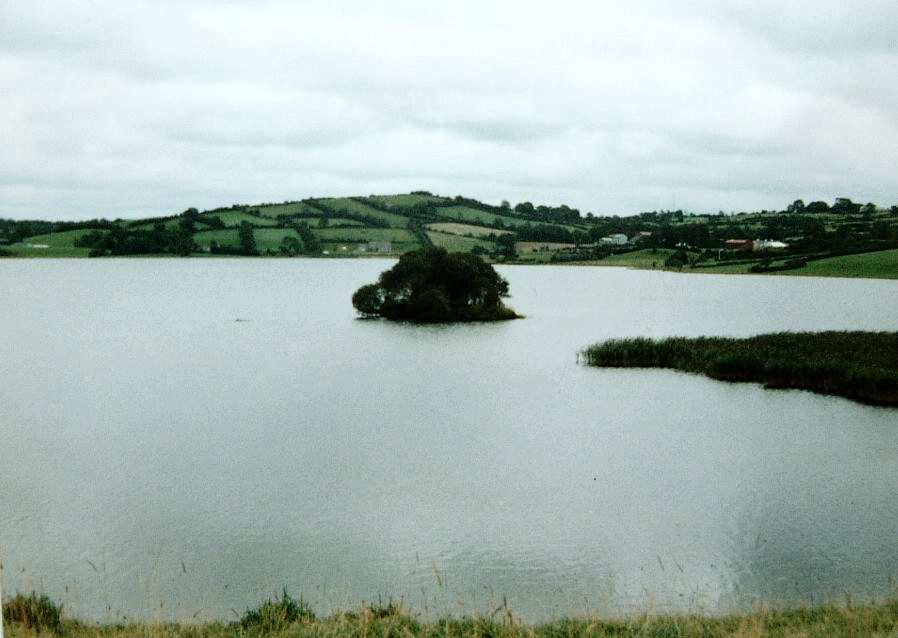

 |
A crannóg is a dwelling built in a lake or bog, either on stilts or on a man-made island. The name is derived from the Irish word crann, meaning a tree. Originally the term may have been applied to the timber palisades which surrounded such sites, the timber buildings within them, or the timber foundations on which they were erected. The earliest known crannogs date back to the late bronze age, and the construction of crannogs was recorded in Fermanagh as late as the 1500s. They played an important part in the Nine Year War, as Gaelic chiefs abandoned their stone castles and stored their military supplies in remote crannogs. Crannogs are found all over Ireland. People chose to build this way for a number of reasons; safety and wise use of arable land being presumably top of the list. Sir Phelim O'Neill, nephew of the great Hugh, planned the 1641 Rebellion here, in the house of Turlough Óg O'Neill. At the meeting was also Lord Maguire, Rory O' More and Emer McMahon. The dispossessed Irish had been plotting for many years to wipe out the imposed alien culture, to regain their lost lands and re-establish Gaelic rule. The rebellion ended in failure and led to the Cromwellian invasion and Plantation. |
